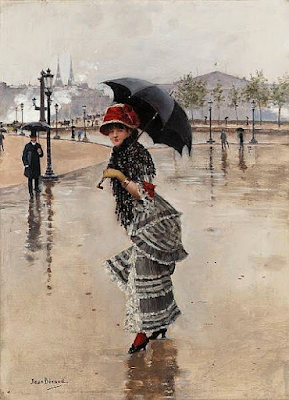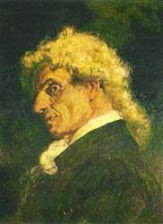Starting on June 2, 1874, before the end of the month he had finished his last tribute to his great friend and companion of gatherings and sorrows, the painter and architect Viktor Hartmann, who died of an aneurysm at the age of 39. Mussorgsky was devastated. From that moment on he could not stop thinking about the best way to pay his respects to his friend who had died overnight.
Exhibition of Hartmann's work
In January 1874, the Imperial Academy of Arts in St. Petersburg decided to hold an exhibition of Hartmann's works as a formal tribute to the artist. About 400 works, including paintings, sketches, and some writings, were exhibited for two months. Mussorgsky attended the exhibition and, like any visitor, went through the paintings, stopping at a painting and then moving on to the adjacent one. There he realized that this was where the homage should lie: the music should describe precisely what he was doing at that moment, observe a picture carefully, relate it, and then move on to the next.
Descriptive music
Eleven pictures were chosen by Mussorgsky to construct the work, consisting of the musical description of the paintings linked by a melancholy piece he called "Promenade", with which the piece begins, and which will later be heard throughout the work, acting as a unifying element as the stroller moves from picture to picture.
Plenty worthy of being catalogued as "descriptive music", the work was initially called "Hartmann Suite", and was not published until 1886, five years after the composer's death, under the title we know it today.
Sections
Its parts, and the corresponding Hartmann paintings, are as follows:
00 Promenade
01:28 Gnomo / Promenade II 03:48
04:33 The Old Castle / Promenade III 08:35
09:03 Tuileries (Children's Quarrel after Games)
10:05 Cattle / Promenade IV 12:50
13:36 Ballet of Unhatched Chicks
14:52 "Samuel" Goldenberg and "Schmuÿle" (two paintings)
16:52 Limoges. The Market
18:20 Catacombs
19:50 With the Dead in a Dead Language
21:38 The Hut on Hen's Legs
25:16 The Great Gate of Kiev
Countless orchestrations of the work, or of some of its sections, have been made, including a popular arrangement by the British progressive rock band Emerson, Lake & Palmer, in 1971. The orchestral version that usually goes on stage is the one made in 1922 by Maurice Ravel, and to which, incidentally, the work owes much of its popularity.

























